

The land of the Borgias is a unique experience to discover the splendour of the most universal, powerful Valencian family in 15th and 16th-century Europe. To travel this route is to walk through an exciting spectacle of art, landscape, history and culture.
In the city of Valencia, the Borgia Route boasts its exuberance in the Church of San Nicolás with sumptuous paintings, known as the Sistine Chapel of Valencia. In the Cathedral, the Borgia Popes built the majestic St Peter's chapel, commissioning exquisite Renaissance frescos of musician angels, admired throughout all Europe. In the Borgia chapel dedicated to St Francis, two excellent paintings made by Goya can be admired. The living mark left by the Borgia family also winds through the Palace of Corts Valencianes, residence of the family, and through the University.
Xàtiva and Canals are the birthplace of the Borgia family. The Borgia Tower has been conserved in Canals, where Pope Callixtus III was born in 1378. In Xàtiva, Rodrigo de Borgia's birth home is conserved in a beautiful square. Artistic wealth can also be viewed in the Colegiata, the San Francisco and San Pedro churches, where Alexander VI was baptised, the Museum of Fine Arts, the Palau, the Santa Clara convent, the Santa Ana hermitage, and the impregnable castle, which was witness to, and imposing look-out point throughout, history.
In Gandía, on the shores of the Mediterranean Sea, the Ducal Palace is an admirable architectural complex, the most distinguished Borgia monument. This is where most of the Borgia Dukes and their descendants were born, including St Francis de Borgia in 1510. Worthy of mention are the Crown Hall, the Saint's Chapel and the Golden Gallery, hypnotising the visitor with their beauty. The mark left by the Borgia family in Gandía is found in the Colegiata, the Santa Clara convent and the University.
This scintillating route also goes through Albaida, where Luis Juan de Milá y Borgia's nephew began construction on a fortified palace that proudly towers over the centre of the villa. Also of note is the Sanz Palace, located in the town of Vallés. The route brings monuments, heritage, delicious cuisine and beautiful landscapes together, such as Castelló de Rugat, where remains from the Ducal Palace have been conserved.
Llombai was a barony purchased by Cardinal Rodrigo de Borgia for his son, Pedro Luis. Here, the Santa Cruz Church can be contemplated, a part of the Dominican convent. Llombai holds a historic re-enactment, known as the Borgia Market, that welcomes hundreds of visitors. In Castellnovo we can see the palace of Beatriz de Borja, which has been declared a Site of Cultural Interest.
The Borgia Route also takes us to two monasteries, true rural, artistic and secluded cathedrals, San Jerónimo de Cotalba in Alfauir and Santa Maria de Simat de

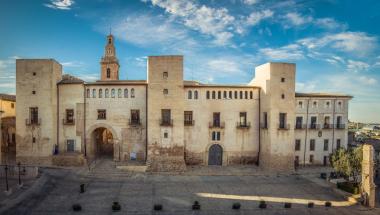
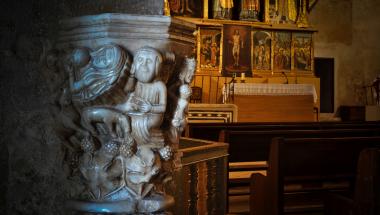
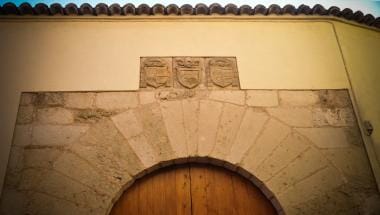
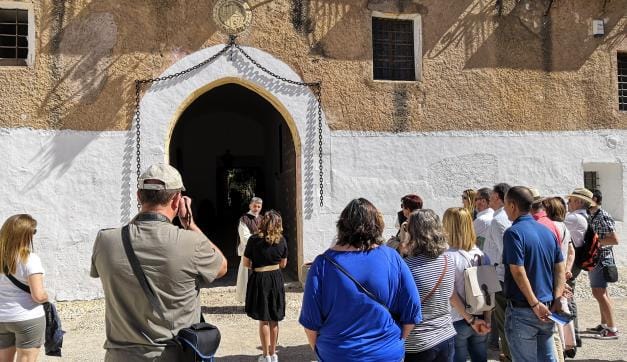
The Monastery of San Jeroni de Cotalba and the Palau Ducal dels Borja F.C.V present the Tourism and Culture programme: “Lucrècia i Maria, Duquesas del Territorio Borgia” (Lucrecia and Maria, Duchesses in the Land of the Borgias) as part of the commemorations for the 500th anniversary of Lucrècia de Borja's death.
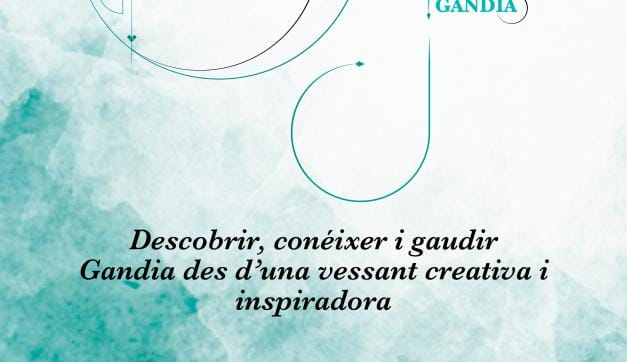
In 2018 the Department of Tourism at Gandia City Council embarked on this cultural tourism project with dramatized events and tourism promotion activities. The programme was presented as a series of tourism experiences and products based on the theme of the Borgia family in Gandia and offered an ongoing schedule of guided tours to the Alqueria del Duc building.
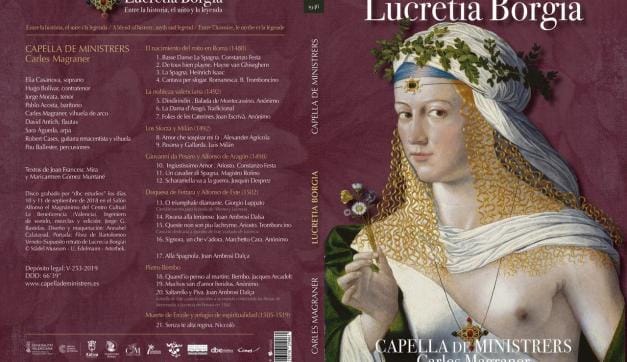
Concert by Carles Magraner from "Capella de Ministrers" in Xàtiva on 28 April and 19 May 2019, organised by Xàtiva City Council.
Presentation on 28 April of the CD recorded at the concert given by "Capella de Ministrers" entitled "Lucretia Borgia".